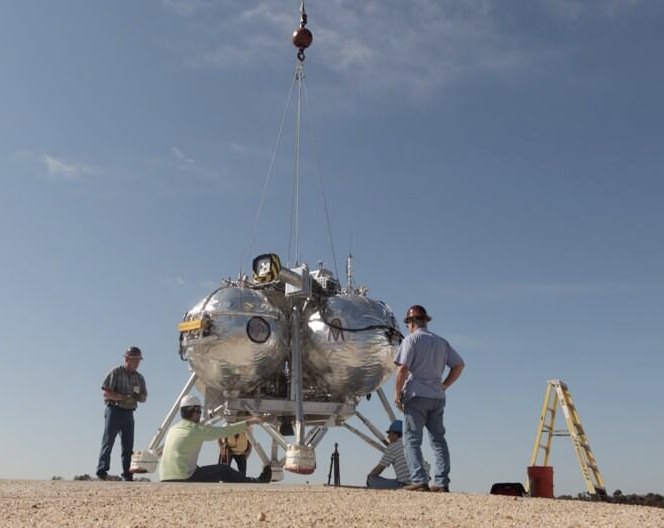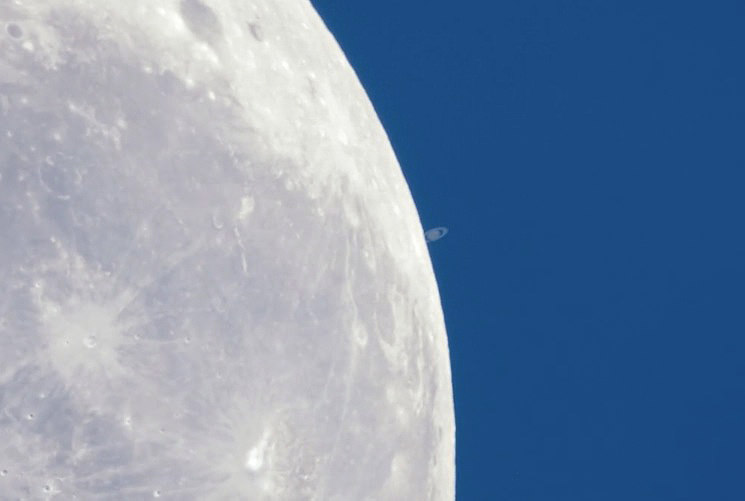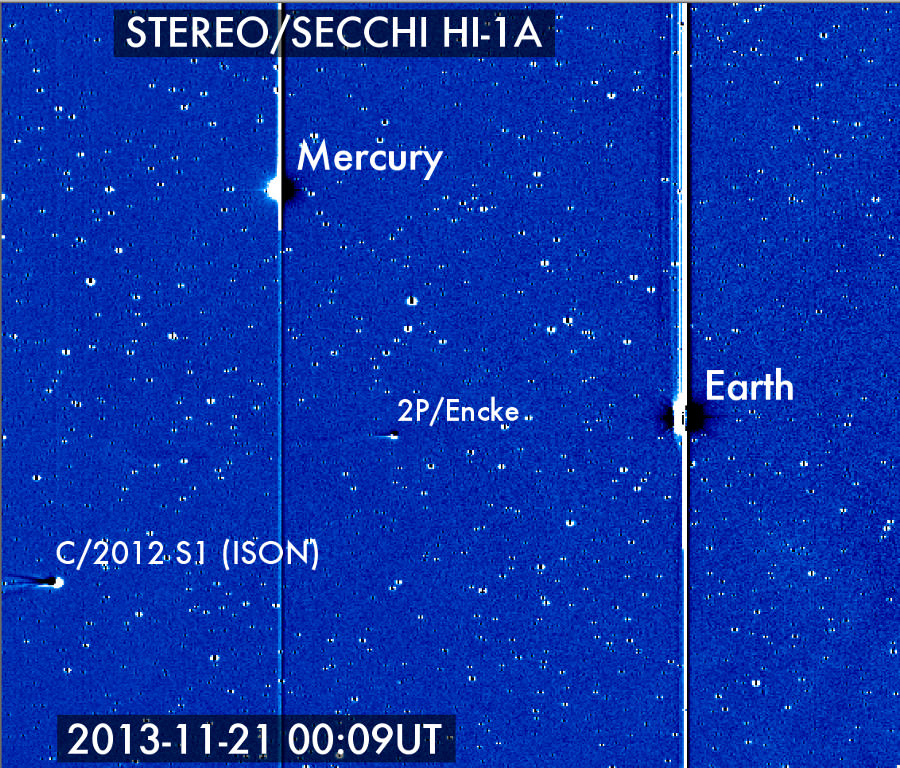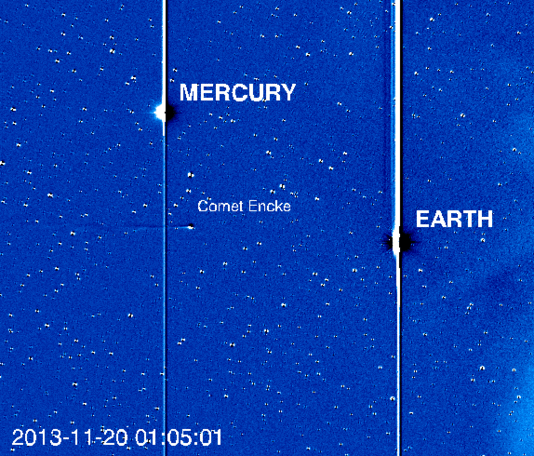It’s being called “the most important alarm clock in the Solar System” — this Monday, January 20, at 10:00 GMT (which is 5:00 a.m. for U.S. East Coasters like me) the wake-up call will ring on ESA’s Rosetta spacecraft, bringing it out of hibernation after over two and a half years in preparation of its upcoming and highly-anticipated rendezvous with a comet.
The wake-up will incite the warming of Rosetta’s star trackers, which allow it to determine its orientation in space. Six hours later its thrusters will fire to stop its slow rotation and ensure that its solar arrays are receiving the right amount of sunlight. Using its thawed-out star trackers Rosetta will aim its transmitter towards Earth and, from 500 million miles (807 million km) away, will send a thumbs-up signal that everything is OK and it’s time to get back to work.
From that distance the transmission will take 45 minutes to reach us. Rosetta’s first signal is expected between 17:30 – 18:30 GMT (12:30 – 1:30 p.m. ET). Once we’re assured all is well, Rosetta has a very exciting year ahead!
After nearly a decade of soaring through the inner solar system, flying past Mars and Earth several times and even briefly visiting a couple of asteroids (2867 Steins on September 5, 2008 and 21 Lutetia on July 10, 2010) Rosetta is finally entering the home stretch of its mission to orbit the 4-km-wide comet 67P/Churyumov-Gerasimenko.
Once Rosetta enters orbit around the comet — the first time a spacecraft has ever done so — it will map its surface and, three months later in November, deploy the 220-lb (100-kg) Philae lander that will intimately investigate the surface of the nucleus using a suite of advanced science instruments. (Watch a video here of how all this will happen… using Legos!)
Read more: Spider-Like Spacecraft Aims To Touch A Comet Next Year After Rosetta Reactivates
With Philae firmly attached to the comet, Rosetta will follow it around the Sun as it makes its closest pass in August 2015 and then heads back out towards the orbit of Jupiter. Rosetta will provide the most detailed observations ever of a comet’s composition and dramatic evolution as it encounters the heat and energy of our home star.
Of course, before all this can happen Rosetta first has to… WAKE UP! It entered hibernation in July 2011 and has remained silent in a slow spin ever since, with only its computer and some heaters kept running. Waking up from a 31-month nap can’t be easy, so ESA is inviting people around the world to help Wake Up Rosetta (and possibly even win a trip to Germany for the landing in November) by sharing their short movies of how best to awaken a sleeping spacecraft and sharing them to the contest page on Facebook or to Twitter, Vine, or Instagram with the #WakeUpRosetta hashtag.
See more about the contest below:
Video submissions to the Wake Up Rosetta video contest will be accepted until 17:30 GMT on Monday so if you haven’t already, get your cameras out and your imaginations going… this spacecraft isn’t going to wake itself! (Well, actually it kinda is but you can still show off your creativity!)
And even if you don’t send in a video, you can watch the live feed of Monday’s events from ESA starting at 09:15 GMT (4:15 a.m. ET) here and here. (Also follow @ESA_Rosetta on Twitter — currently it’s “still sleeping.”)
Want to find out where Rosetta is right now? Check out this cool interactive map from Daniel Scuka, Senior Editor of Spacecraft Operations at ESOC.
Rosetta launched on March 2, 2004 by an Ariane-5 G+ from Europe’s spaceport in Kourou, French Guiana. Read more on the mission page and the Rosetta blog here.
___________
UPDATE Jan. 20: Rosetta has awoken! This afternoon at 18:18 UTC, after 48 minutes of increasingly tense anticipation, a signal from the spacecraft was received by both NASA’s Deep Space Network in Goldstone, CA and the ground station in Canberra, Australia. Rosetta is up and running and so far seems to be in good condition — Go Rosetta and Philae! Read the full story here.






